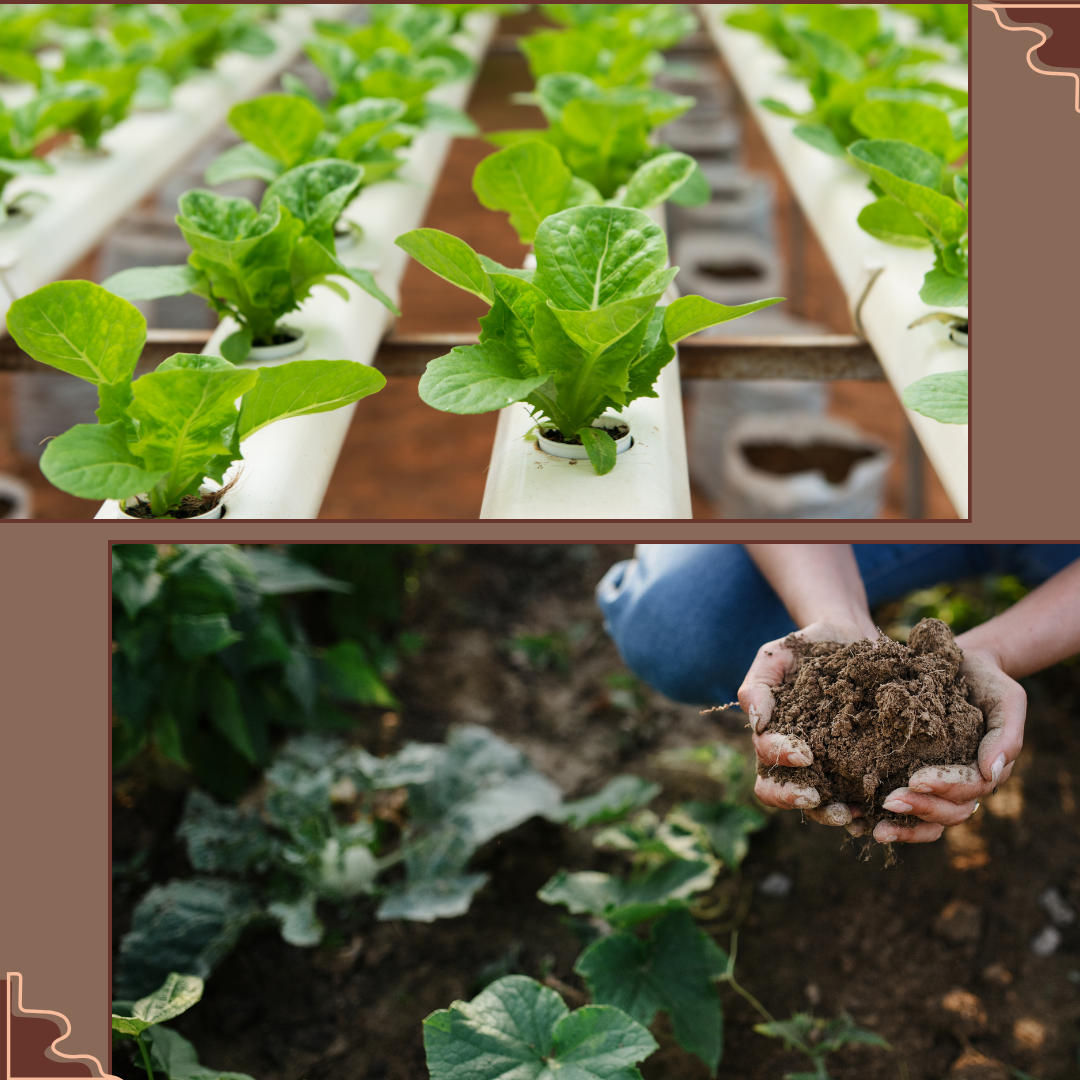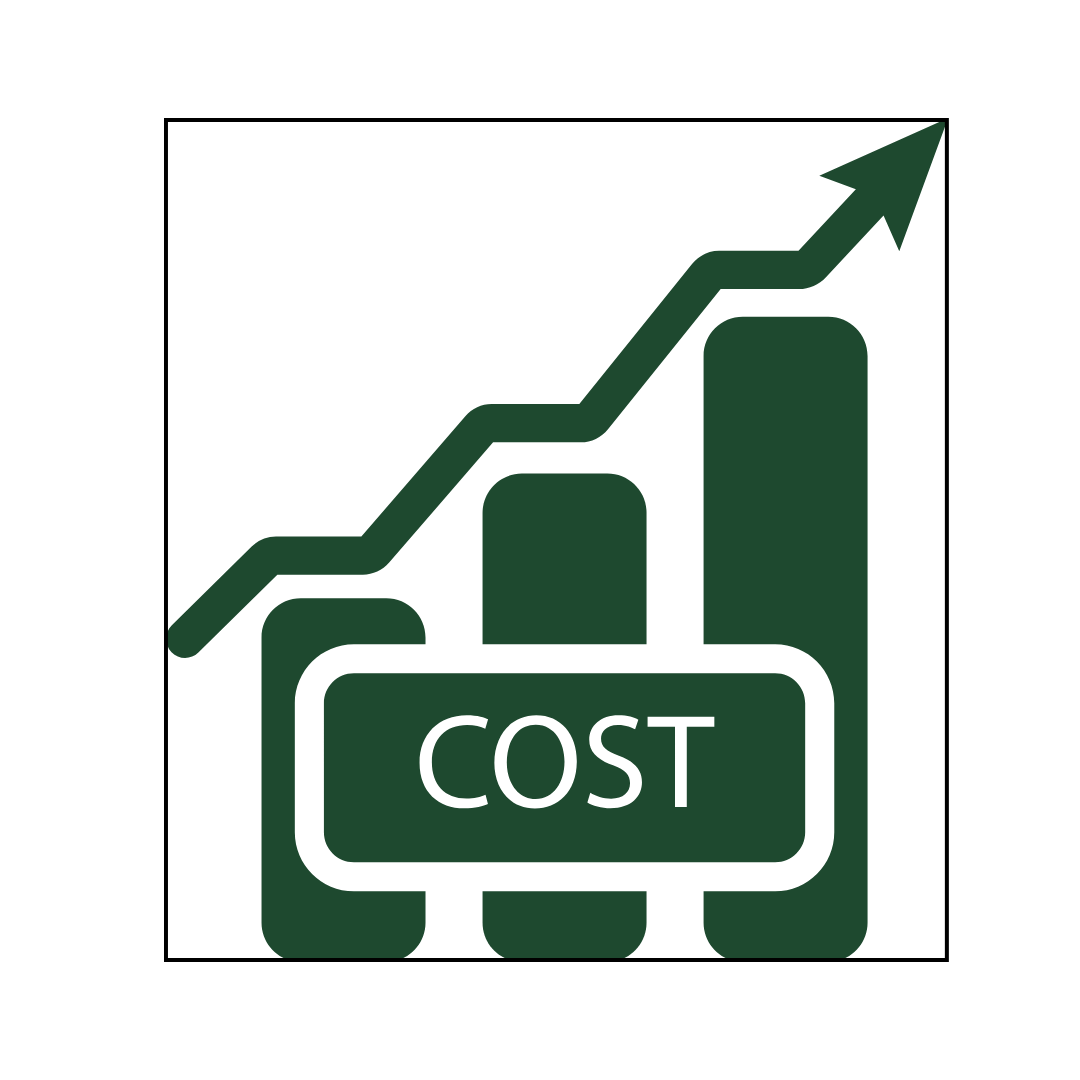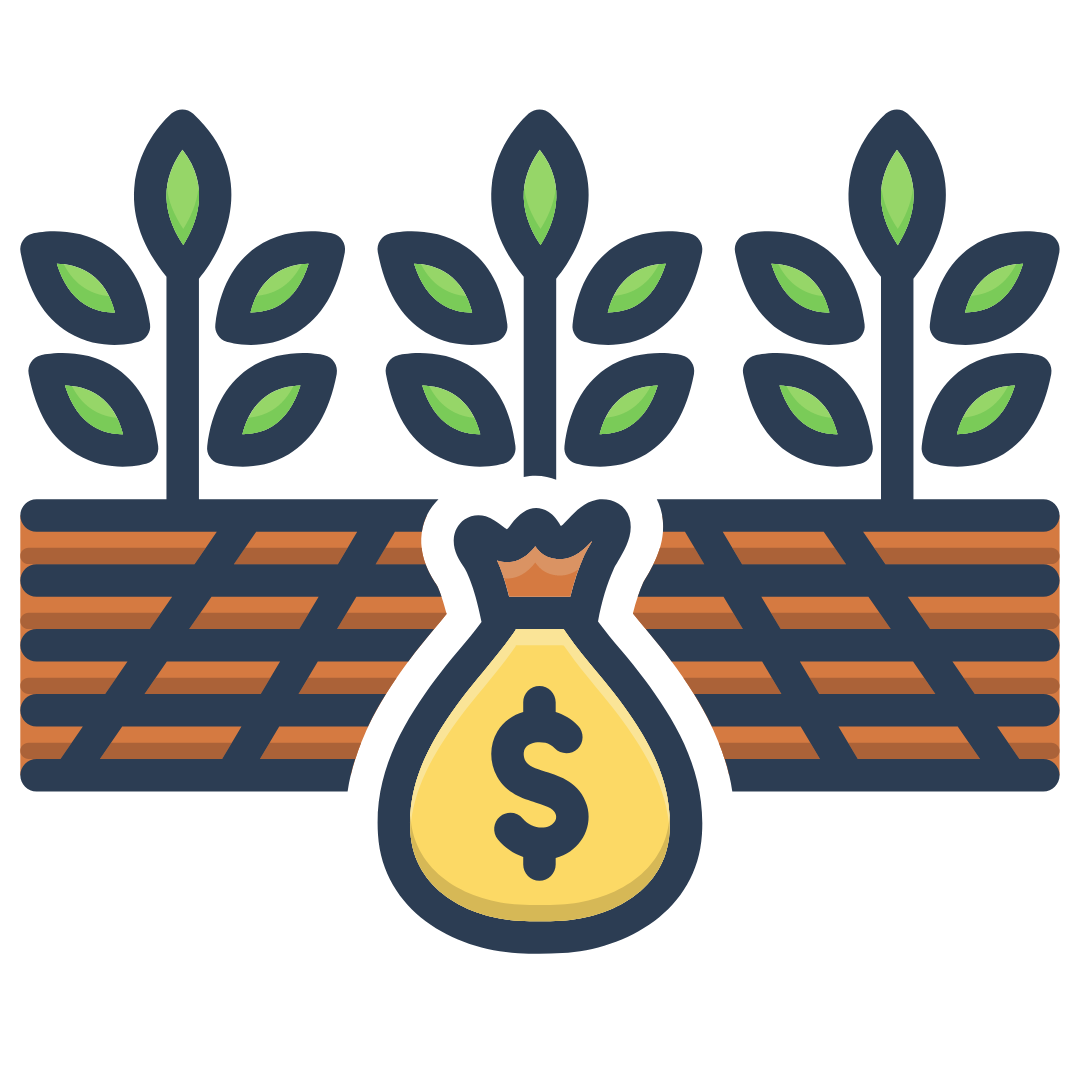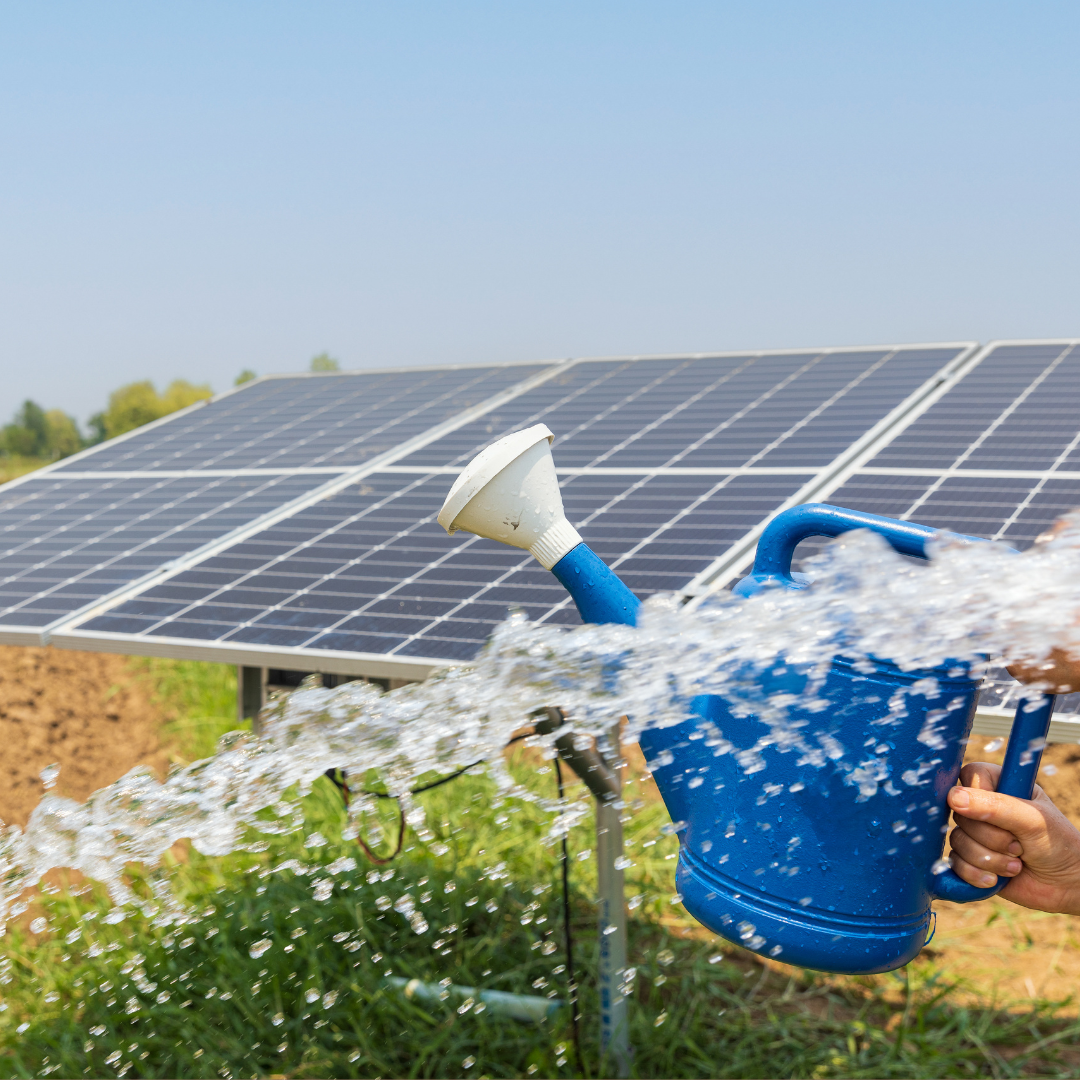Introduction
Farming is important for growing the food we eat. There are two main ways to farm: hydroponics and soil-based farming. Hydroponics is when plants grow in water with nutrients, while soil-based farming is when plants grow in the ground.

Each method has different costs. Hydroponics can be more expensive at the start, but it can also be very efficient.
Soil-based farming is usually cheaper to start, but it needs more land and water. In this article, we will compare the costs of hydroponics and soil-based farming to help you decide which one is better for you.
What is Hydroponics?
Hydroponics is a way of growing plants using water mixed with nutrients, but no soil. The plants’ roots hang directly in this special water, or sometimes in materials like rock wool or perlite that help support the plants.

This method gives the plants exactly what they need to grow, and it can be done indoors or outdoors.
What is Soil-Based Farming?
Soil-based farming is what most of us think of when we imagine farming. It’s the traditional method where plants grow in soil, either in open fields or in greenhouses.

The soil provides nutrients and support for the plants, and farmers often add extra nutrients (fertilizers) to help the plants grow better.
Initial Setup Costs
Setting up a hydroponic system can be quite expensive at first. You need to buy grow trays or towers, pumps to move the water, lights (if growing indoors), nutrients for the water, and a system to control the temperature and humidity. For a small hydroponic setup, you might spend anywhere from $500 to $1,500.

For a larger commercial system, the costs could go up to $100,000 or more.
The initial costs for soil-based farming can vary a lot depending on whether you’re farming outdoors or in a greenhouse. You might need land (if you don’t already have it), basic tools like shovels and rakes, a tractor or other farm machinery for larger farms, seeds or seedlings, and fertilizers and pest control products.
For a small backyard garden, you might only spend $100-$300 on basic tools and supplies. For a larger farm, costs could run into tens or hundreds of thousands of dollars, especially if you need to buy land and machinery.
Here’s a comparison of initial setup costs:
| Scale | Hydroponics | Soil-Based Farming |
|---|---|---|
| Small (e.g., home garden) | $500 – $1,500 | $100 – $300 |
| Large (commercial) | $100,000+ | Tens to hundreds of thousands of dollars |
Ongoing Costs
Once your hydroponic system is set up, you’ll have ongoing costs like electricity for pumps and lights, water (though hydroponics often uses less water than soil farming), nutrients for the water, replacement parts for equipment, and seeds or seedlings.

The biggest ongoing cost for hydroponics is often electricity, especially if you’re growing indoors and need to use grow lights. Depending on the size of your system and local electricity prices, this could cost anywhere from $50 to $1000 or more per month.
For soil-based farming, your ongoing costs might include water for irrigation, fertilizers, pest control products, fuel for farm machinery, seeds or seedlings, and labor costs if you hire help.
Water is often the biggest ongoing cost for soil-based farming, especially in dry areas. Depending on your location and the size of your farm, irrigation could cost hundreds or thousands of dollars per month.
Here’s a comparison of the main ongoing costs:
| Cost Factor | Hydroponics | Soil-Based Farming |
|---|---|---|
| Main cost | Electricity | Water for irrigation |
| Water usage | Low | High |
| Nutrient cost | Medium to High | Low to Medium |
| Pest control | Low | Medium to High |
Labor Costs
Hydroponic systems often need less day-to-day work than soil-based farms. Once the system is set up and running, you mainly need to check and adjust nutrient levels, monitor for any equipment problems, plant new seedlings, and harvest mature plants.
For a small system, one person might only need to spend an hour or two a day on these tasks. Larger commercial systems will need more workers, but still often less than a soil-based farm of the same size.

Soil-based farming usually requires more ongoing labor. Tasks include preparing the soil, planting seeds or seedlings, watering (if not using an automated system), weeding, applying fertilizers and pest control, and harvesting.
The amount of labor needed can vary a lot depending on the size of the farm and what’s being grown. A small backyard garden might only need an hour or two of work a week, while a large commercial farm could need dozens of full-time workers.
| Labor Factor | Hydroponics | Soil-Based Farming |
|---|---|---|
| Daily tasks | Less intensive | More intensive |
| Skill level required | Higher (technical knowledge) | Lower (traditional farming skills) |
| Labor hours for a small setup | 1-2 hours/day | 1-2 hours/week |
| Labor for a large setup | Fewer workers needed | More workers needed |
Yield and Efficiency
One big advantage of hydroponics is that it can produce more food in less space. Plants grown hydroponically often grow faster and can be planted closer together. Some studies have shown that hydroponics can produce up to 10 times more yield per acre than soil-based farming.

Hydroponics also allows for year-round growth, even in cold climates. This can lead to multiple harvests per year, further increasing the total yield.
Soil-based farming yields can vary a lot depending on the crop, the soil quality, and the weather. In general, soil-based farms produce less per acre than hydroponic systems. However, they can often cover much larger areas, so the total yield can still be very high. Soil-based farms are also more affected by seasons and weather. In many climates, they might only get one or two harvests per year for each crop.

Water and Energy Usage
Hydroponics is known for using water very efficiently. Because the water is recycled through the system, hydroponics can use up to 90% less water than traditional soil-based farming. This can lead to big savings, especially in areas where water is expensive or scarce.

Soil-based farming typically uses much more water than hydroponics. A lot of the water is lost to evaporation or drains away into the ground where plants can’t reach it. However, some modern irrigation systems have become much more efficient, reducing water waste.
Hydroponics often has higher energy costs, especially for indoor systems. You need electricity to run pumps, and if you’re growing indoors, you’ll need artificial lighting. This can add up to a significant expense, especially in areas with high electricity prices.
Soil-based farming generally has lower direct energy costs. The main energy use is often fuel for tractors and other machinery. If you’re using an electric irrigation system, that will also use some energy. However, the total energy use is usually less than for hydroponics, especially if you’re farming outdoors and using natural sunlight.
| Resource | Hydroponics | Soil-Based Farming |
|---|---|---|
| Water usage | Very low (up to 90% less) | High |
| Energy usage | High (especially indoor systems) | Lower (mainly for machinery) |
Space Efficiency and Crop Variety
Hydroponics really shines when it comes to using space efficiently. Because plants can be grown vertically and don’t need as much room for their roots, you can grow a lot more in a small space. This makes hydroponics a great option for urban farming or anywhere where land is limited or expensive.

Traditional soil-based farming needs more space. Plants need room for their roots to spread out in the soil, and there needs to be space between rows for people or machines to move. This means you need more land to grow the same amount of food compared to hydroponics.
Hydroponics works really well for many types of vegetables, especially leafy greens like lettuce and herbs. It’s also good for tomatoes, cucumbers, and peppers. However, it’s not as suitable for large crops like corn or wheat, or root vegetables like potatoes.
Soil-based farming can grow a wider variety of crops. It’s suitable for everything from small vegetables to large grains, fruit trees, and root crops. This versatility is one reason why soil-based farming is still the most common method worldwide.
| Factor | Hydroponics | Soil-Based Farming |
|---|---|---|
| Space efficiency | Very high | Lower |
| Vertical farming potential | High | Low |
| Crop variety | Limited (mainly vegetables and herbs) | Wide (all types of crops) |
Environmental Factors and Risks
Hydroponics can be very environmentally friendly in some ways. It uses less water and can be done without pesticides. It also doesn’t cause soil erosion. However, high energy use (especially for indoor systems) can have a negative environmental impact if the electricity comes from non-renewable sources
 .
.
Traditional soil-based farming can have significant environmental impacts. These include soil erosion, water pollution from fertilizers and pesticides, and loss of biodiversity if natural habitats are cleared for farming. However, many modern farming methods are working to reduce these impacts.
The main risks in hydroponics are technical problems. If a pump fails or the nutrient mix is wrong, it can quickly affect all your plants. Power outages can also be a big problem, especially for indoor systems that rely on artificial light. However, hydroponics is less affected by weather problems or pests than outdoor soil farming.
Soil-based farming faces different risks. Weather is a big one – droughts, floods, or unexpected frosts can damage or destroy crops. Pests and diseases can also spread more easily in soil-based systems. Soil health is another long-term concern, as poor farming practices can deplete the soil over time.
| Factor | Hydroponics | Soil-Based Farming |
|---|---|---|
| Water pollution risk | Low | Higher |
| Soil erosion | None | Can be significant |
| Pesticide use | Low or none | Often higher |
| Weather dependency | Low (especially indoor) | High |
| Main risks | Technical failures, power outages | Weather, pests, soil depletion |
Market Value of Produce
Hydroponic products often command a higher price in the market. This is partly because it’s often seen as “cleaner” or more high-tech. Hydroponic systems can also produce very consistent, high-quality vegetables, which restaurants and high-end markets often prefer. However, some consumers prefer “natural” soil-grown produce, which could affect sales in some markets.

The market value of soil-grown produce can vary widely. Organic, locally-grown produce often sells for premium prices, similar to hydroponic produce. Conventionally grown fruits and vegetables are usually cheaper, which can be an advantage in markets where price is the main concern.
| Market Factor | Hydroponics | Soil-Based Farming |
|---|---|---|
| Typical market price | Higher | Varies (organic high, conventional lower) |
| Perceived quality | High, consistent | Varies |
| Consumer preference | Some prefer “high-tech” | Some prefer “natural” |
Conclusion
Both hydroponics and soil-based farming have their own set of costs and benefits. Hydroponics often has higher setup costs but can be more efficient in terms of water use and space.
It’s great for growing certain types of vegetables, especially in urban areas or places with poor soil. Soil-based farming has lower energy costs and can grow a wider variety of crops, but it typically needs more land and water.
The best choice between hydroponics and soil-based farming depends on many factors, including what you want to grow, how much space you have, your local climate, the cost of water and electricity in your area, and the market demand for different types of produce.

For some farmers, a combination of both methods might be the best approach. They might use hydroponics for certain crops that grow well this way while using traditional soil methods for others.
As technology improves and concerns about water use and land availability grow, hydroponics is likely to become more common. However, soil-based farming will continue to play a crucial role in feeding the world’s population.
Both methods have their place in modern agriculture, and understanding the costs and benefits of each can help farmers and gardeners make the best choices for their specific situations.

Pingback: The Economic Impact of Hydroponics Farming in Urban Areas!